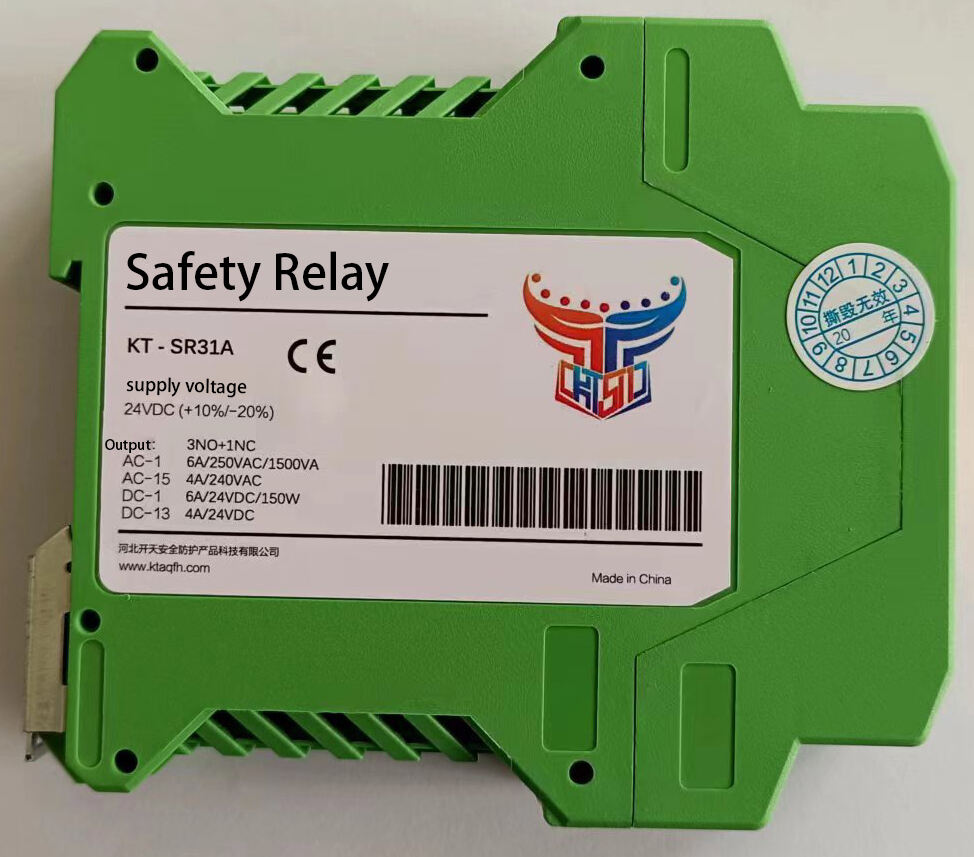fire voice alarm
A fire voice alarm system represents a critical advancement in building safety technology, combining traditional alarm functionality with voice communication capabilities. This sophisticated system not only detects fire hazards but also provides clear, automated voice instructions to building occupants during emergencies. The system integrates multiple components including smoke detectors, heat sensors, speakers, and a central control unit that manages the entire operation. When triggered, it broadcasts pre-recorded messages in multiple languages, ensuring clear communication across diverse populations. The system operates on a failsafe power supply with backup batteries, guaranteeing continuous operation even during power outages. Advanced models feature digital signal processing for superior sound quality and voice intelligibility, especially crucial in large spaces or high-noise environments. The system also includes zone-specific messaging capabilities, allowing targeted evacuation instructions for different building areas. Modern fire voice alarms incorporate self-diagnostic features that continuously monitor system health, alerting maintenance personnel to any potential issues before they become critical. These systems can integrate with building management systems and other security infrastructure, creating a comprehensive safety network. The technology supports remote monitoring and control, enabling quick response from emergency services and facility managers.

